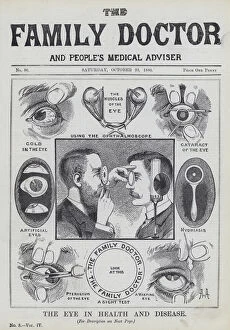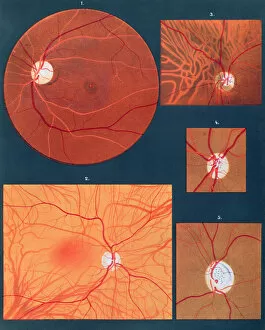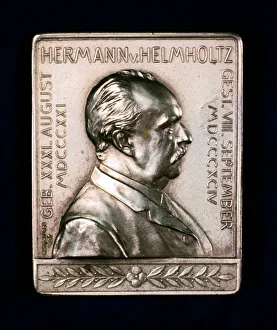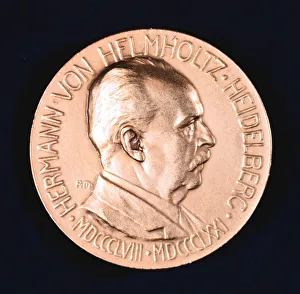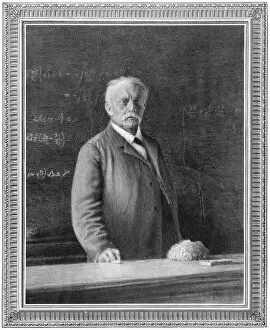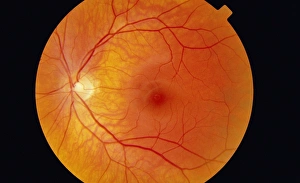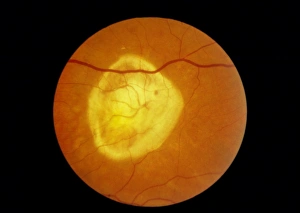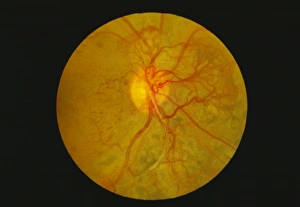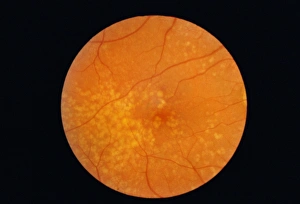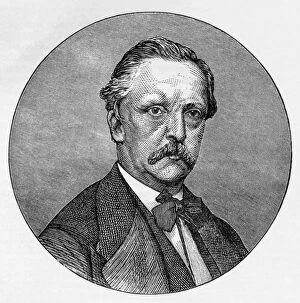Ophthalmoscope Collection
The ophthalmoscope, a remarkable instrument that has revolutionized the field of ophthalmology, allows us to explore the intricate world of the eye in health and disease
All Professionally Made to Order for Quick Shipping
The ophthalmoscope, a remarkable instrument that has revolutionized the field of ophthalmology, allows us to explore the intricate world of the eye in health and disease. Through its lens, we can witness the wonders hidden within. In an engraving titled "The eye in health and disease, " we are transported into a realm where microscopic details come alive. The eye seen through a microscope, as depicted in the Atlas of Ophthalmoscopy, unveils a mesmerizing landscape that captivates our imagination. Hermann Ludwig Ferdinand von Helmholtz, a brilliant German physicist and physiologist of the 19th century, played an instrumental role in advancing our understanding of vision. In various portraits from different periods like c1900 or 1876 or even 1907 after his passing in 1894 at age 73; they depict him with utmost reverence and admiration for his groundbreaking contributions. One illustration portrays an optician intently peering into a young boy's eye using an ophthalmoscope. This image symbolizes how this device enables professionals to examine every nook and cranny of our eyes with precision and care. Through these lenses lies not only beauty but also crucial information about ocular health conditions such as glaucoma or retinal degeneration. These images serve as reminders that early detection is key to preserving sight and preventing irreversible damage. As we delve deeper into this captivating world revealed by the ophthalmoscope, we gain insights into both normalcy - like observing a healthy retina - and abnormalities that demand attention for proper treatment. The legacy left behind by Hermann von Helmholtz continues to inspire generations of scientists dedicated to unraveling the mysteries surrounding vision. His work reminds us that knowledge is ever-evolving, pushing boundaries further than ever before. With each examination conducted through this invaluable tool called the ophthalmoscope, doctors strive towards better patient care while cherishing their ability to safeguard one of our most precious senses - the gift of sight.

